Sustainability and EU Migration Law
Sustainable migration is the new objective of the EU migration policy. But what does this mean in terms of legal design? What instruments should be put in place to achieve it? And most importantly what does it imply for migrants' rights? While sustainability has attracted scholarly attention in law and politics already since the 1990s, sustainable migration is an extremely understudied topic with no conclusive research carried on the matter. The book covers a unique scholarly gap by being the first ever contribution that traces the history of sustainable migration in EU law, demonstrates its limitations and potentials and puts forward concrete proposals on how EU migration law should develop in the future. This title is also available as open access on Cambridge Core.
- Identifies a new thread connecting free movement and regular migration
- Puts forward concrete proposals on how to make EU migration law sustainable
- Contextualizes legal research using extensive archival sources
- This title is also available as open access on Cambridge Core
Product details
April 2025Adobe eBook Reader
9781009573115
0 pages
Not yet published - available from April 2025
Table of Contents
- 1. Introduction
- Part I. Aligned Paths from the Treaty of Paris to the Single European Act:
- 2. Migrant workers finding their way into community law
- 3. The ambition of extending the scope of protection to all migrants
- 4. Special arrangements for migrants whose state of origin is (about to be) implicated in the development project
- Part II. Differentiation from the Single European Act to the Failed Constitutional Treaty:
- 5. Shifting political ambitions and persistent economic considerations in the free movement framework
- 6. National contestation over the aspiration of long-term solutions to migration
- 7. The uneven evolution of association agreements
- Part III. Realization and Paradoxes from the Failed Constitutional Treaty to Lisbon and Beyond:
- 8. Economic and social sustainability behind the rights of EU migrants
- 9. Economic objectives and social demands behind an incoherent system of regulation for TCNs
- 10. Conclusion
- Bibliography.

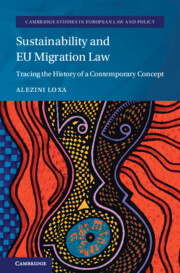
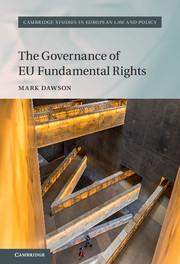
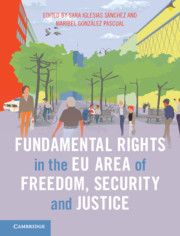
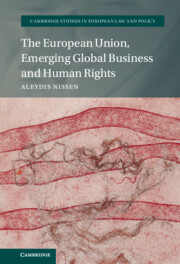
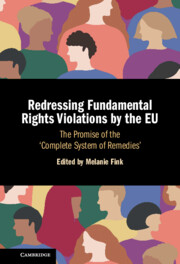

.jpg)
